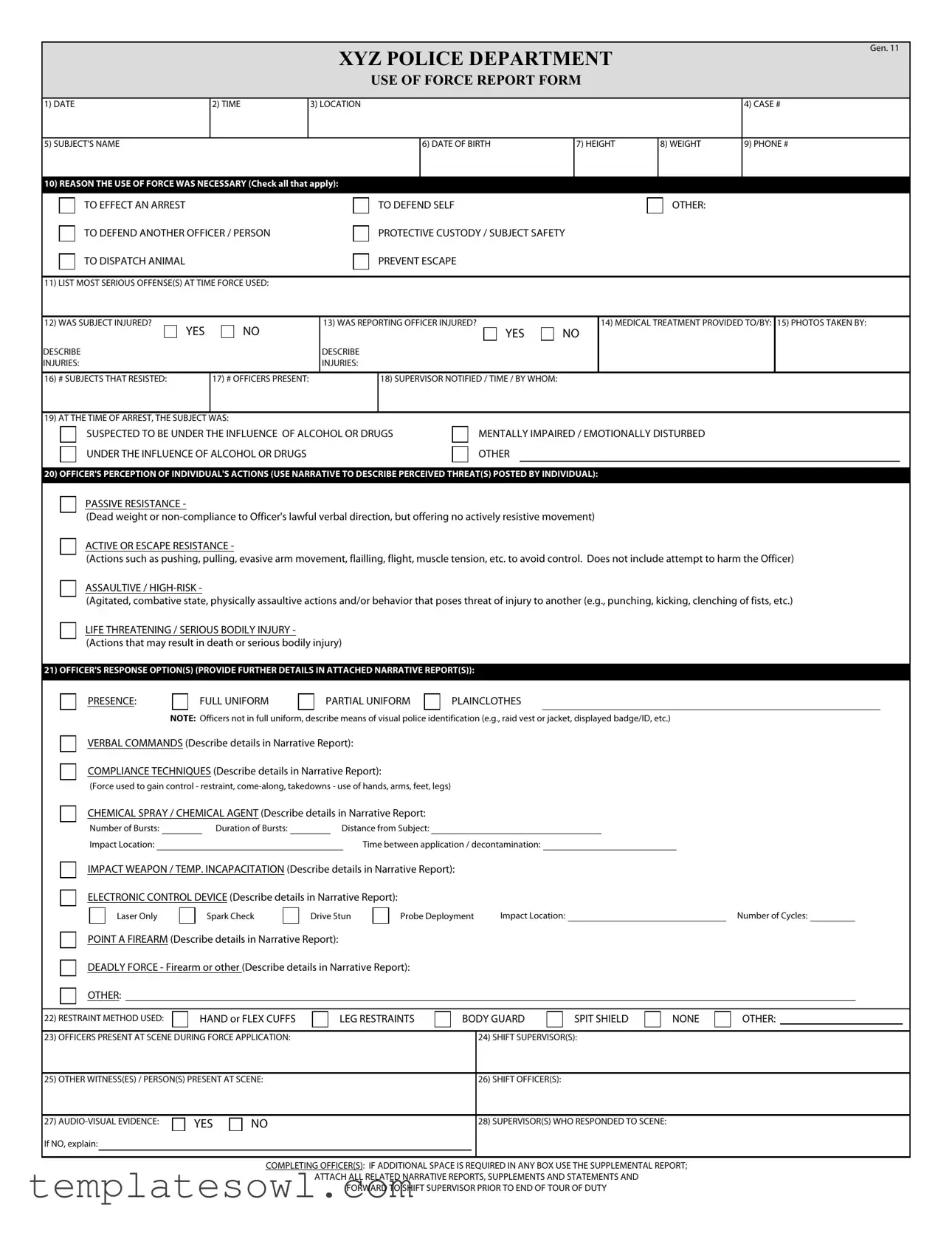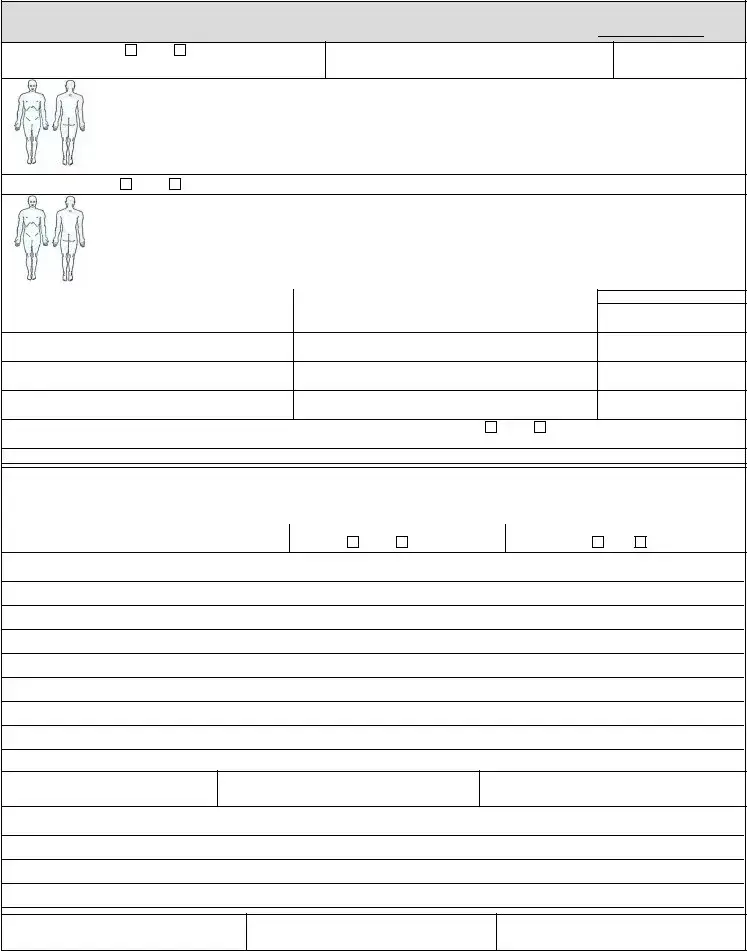1. What is the Ally Bank IRA Transfer form?
The Ally Bank IRA Transfer form is a document that allows individuals to transfer their existing Individual Retirement Account (IRA) from one financial institution to Ally Bank. This form streamlines the process by providing the necessary information to facilitate the transfer securely and efficiently.
2. Who should use the IRA Transfer form?
Any individual looking to move their IRA assets to Ally Bank should use the IRA Transfer form. This includes those transferring traditional IRAs, Roth IRAs, or any other eligible retirement accounts. It is essential to ensure that you are eligible for a transfer according to IRS regulations.
3. How do I fill out the IRA Transfer form?
To complete the form, you will need to provide personal information such as your name, address, and Social Security number. Additionally, details about your current financial institution and account numbers will be required. Be sure to review all information for accuracy before submission to avoid delays.
4. Is there a fee for transferring my IRA to Ally Bank?
Ally Bank does not charge a fee for IRA transfers. However, it is advisable to check with your current financial institution, as they may impose early withdrawal fees or transfer fees for closing your account.
5. How long does it take to complete the transfer process?
The transfer process can take between seven to ten business days once Ally Bank receives the completed form and all necessary documents. Factors such as the policies of your previous financial institution may also affect the timeline.
6. Can I transfer funds from multiple IRAs to Ally Bank?
Yes, you can transfer funds from multiple IRA accounts into one account at Ally Bank. Each account will require a separate IRA Transfer form, so ensure that all forms are filled out correctly to facilitate the transfers.
7. Will my IRA maintain its tax advantages during the transfer?
Yes, as long as the transfer is processed as a direct transfer, your IRA will retain its tax advantages. It is crucial not to withdraw funds and then deposit them yourself, as that could lead to tax liabilities and penalties.
8. What should I do if I make a mistake on the form?
If an error is found after submission, contact Ally Bank as soon as possible. They may be able to correct mistakes or guide you through the process of submitting a new form if necessary. Always double-check your entries before sending the form to minimize errors.
9. Where can I find the IRA Transfer form?
The IRA Transfer form can be found on the Ally Bank website under the IRA section or through customer service. If you need assistance locating the form, their representatives will be happy to help you.


